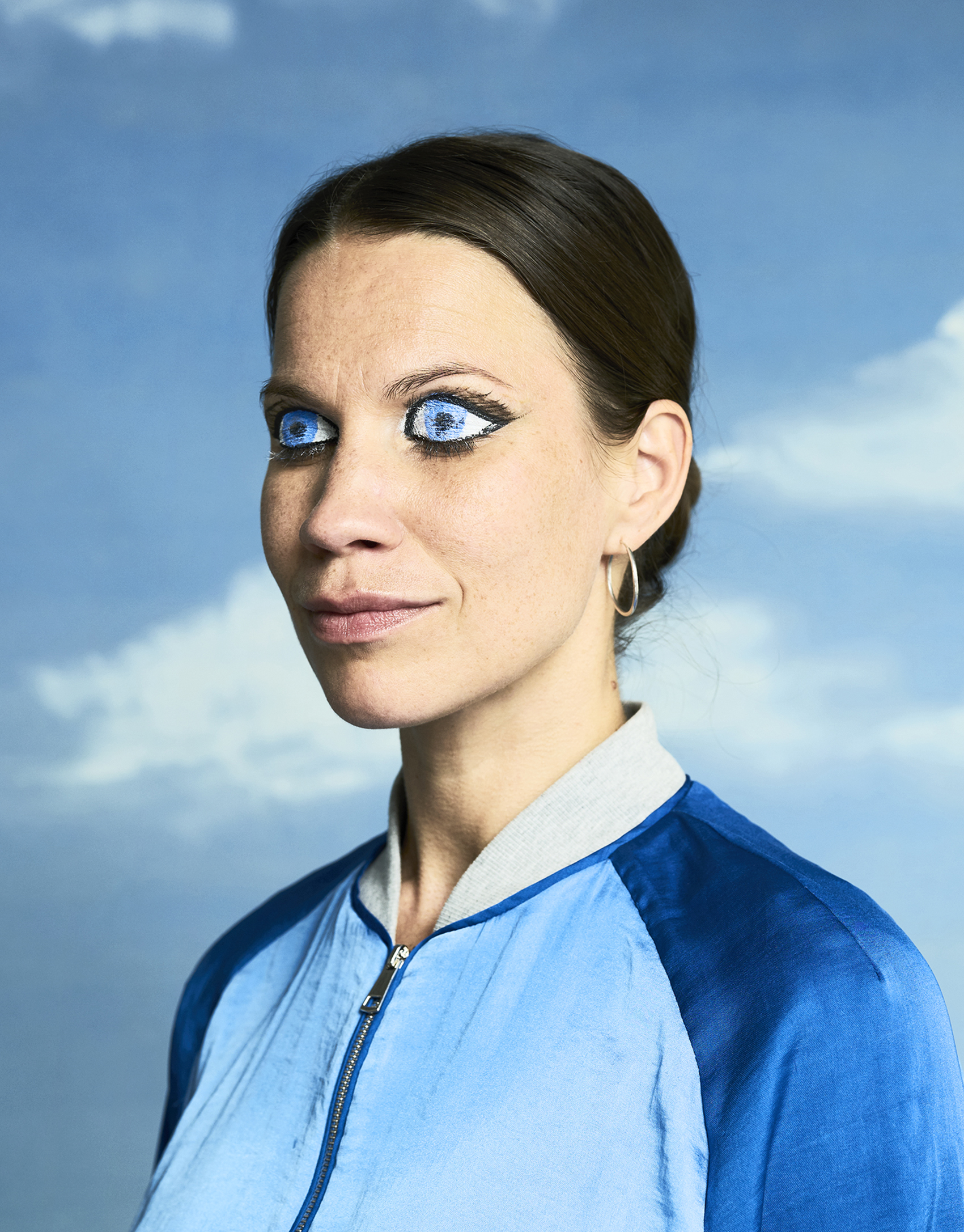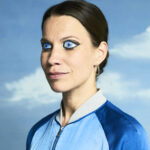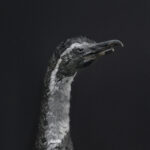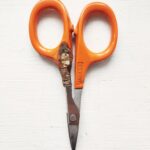Does a portrait have to resemble or look like its subject? How far can we go from the traditional presentation to the abstract, while preserving the essence of a portrait? The exhibition Merkintöjä Muotokuvasta, hosted by the Northern Photographic Centre, opens up the anatomy of a portrait and wonders what the portrait is all about.
The philosopher Hans-Georg Gadamer states that portrait is not just a picture or a copy of reality – a portrait is the memory of the present and the person it presents. Graphic presentations and symbols, such as those found in medieval family crests, can also be found in the portrait features. In a portrait, the imitation of reality, the pursuit of similarity and reproduction, and the representation are strongly linked to the continuation of Western thinking. Identities, ideologies, and various historical presentation conventions shape our perception of a portrait. The similarity of portrait creates constant tension in the genre of portraits. Well-known portraits have even been destroyed, because they have placed their targets in an unfavourable light.
In the Merkintöjä Muotokuvasta exhibition, photography artists Lauri Eriksson, Vilma Pimenoff, Johannes Romppanen, Perttu Saksa and Nita Vera reflect extensively on the portrait and its essence. The artists have built a test laboratory of portrait photography in the gallery space of the Northern Photographic Centre, where they experiment and study both the possibilities of portrait photography and the boundaries of presentation. Where are the boundaries of a portrait?
Johannes Romppanen questions the subject of the portrait, describing everyday objects rather than individuals. The works to be seen in Oulu Isän Muisto comprises the objects of the late father of Romppanen and the photographs associated with him. Nita Vera’s interpretation of a portrait is limited to minimalist shapes – even lines. At the same time, she wonders how to construct a portrait of a person who has not yet been born. Vilma Pimenoff’s Eyes Eyes Baby video piece teaches us ‘to see more’ through make-up tutorials. Pimenoff considers the interpretation of a self-image through a mirror image as both a subject and an object. Lauri Eriksson’s works move from the portrait to the museum’s objects and his family’s archive documents. The Perttu Saksa works displayed in the exhibition are part of the artist’s Melancholy Objects series. Saksa’s portraits depicted in dim light subtly highlights a stuffed, lifeless animal and contemplate the relationship between the object and the living one.
Cultural Centre Valve’s guided exhibition tour the galleries of the Valve quarter will be organised on 19 May 2022 at 17:00.





